
Vibrant Environment
All | Biodiversity | Climate Change and Sustainability | Environmental Justice | Governance and Rule of Law | Land Use and Natural Resources | Oceans and Coasts | Pollution Control

When it comes to the history of the environmental law and policy in the United States, the heroic stories most of us have heard concern men—John Muir, Aldo Leopold, Henry David Thoreau, Teddy Roosevelt, Gifford Pinchot, David Sive, David Brower, to name but a handful of the most famous. But we are less likely to know the achievements of the women who molded modern environmental policy despite having to clear hurdles seldom encountered by men.
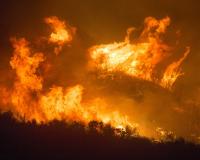
As climate change worsens, so does the risk of wildfires. This is especially so in the western United States, as seen all too well in California in recent weeks. Adding fuel to the fire are the increasing number of homes built near areas prone to wildfires, the wildland-urban interface (WUI), which increases the risk to people and their homes, makes wildfires harder to control, and prohibits fires from being allowed to burn naturally.
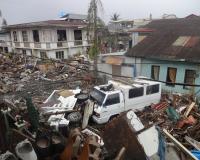
Japan has been no stranger to large environmental and natural disasters over the last decade: the country has experienced several typhoons with flooding, earthquakes, heat waves, as well as the infamous Fukushima Daiichi nuclear disaster in 2011. In September, Typhoon Faxai hit Tokyo and Chiba prefecture; its strong winds and rains halted train service, damaged buildings, and took down power lines. It left three dead and dozens injured. Only a few weeks later, Typhoon Hagibis tore through the Kanto and Tohoku regions. The typhoon was so strong that three days after reaching Japan, the National Weather Service in Anchorage, Alaska, reported remnants of the typhoon had reached the other side of the Pacific.
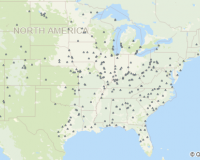
Although it may not be a trending cocktail party topic, coal ash compliance activities are certainly well-known in the legal and environmental risk management community. Billions of dollars are at stake for the owners and operators of coal power plants impacted by the 2015 Disposal of Coal Combustion Residuals (CCR) rule.
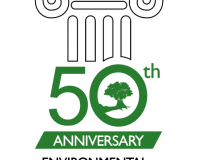
My initial thought about this blog was to address a technical chemical regulatory topic, something like “why did it take 40 years for environmental regulators to figure out that perfluorinated compounds contaminate groundwater and don’t degrade over time?” However, this is ELI’s 50th anniversary year, and so I shall talk instead about the work I did over the course of about 15 years with ELI to address chemical regulatory and hazardous waste strategies both in the United States and abroad.
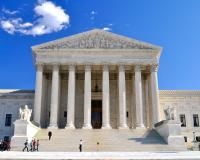
Some months back, I received a visit from two leaders in the climate science and sustainable energy arena: the former president of Climate Central, Paul Hanle, and David van Hoogstraten, who had just left his position as director of federal environmental regulatory affairs at BP America.
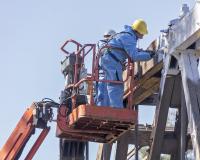
The public health dangers posed by lead exposure have been recognized and documented since the mid-20th century. Despite the pervasiveness of lead-based paint in buildings, including homes and schools, experience has shown that laws can effectively address the issue by phasing out lead paint.

Another member of the “Class of ‘67” has matriculated. On October 9, 2019, the Kirtland’s warbler, a colorful songbird, was declared by the U.S. Fish and Wildlife Service to have recovered and was taken off the federal endangered species list. The warbler is a member of the “Class of ’67,” a reference to the very first official list of endangered species published on March 11, 1967. It joins such fellow classmates as the American alligator, bald eagle, Delmarva fox squirrel, Aleutian Canada goose, Columbian white-tail deer, and gray wolf in having achieved this milestone.
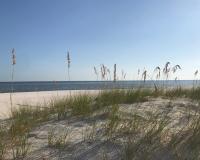
The Gulf Coast region historically is known for producing more seafood than anywhere else in the continental U.S., both in volume and dollar value. However, since Hurricane Katrina in 2005 and the Deepwater Horizon oil spill in April 2010, fishing communities along the coast who depend upon healthy and vibrant marine habitats have experienced significant financial instability.
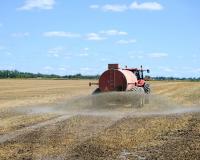
Present-day food consumption relies on high-yielding crops, and these high-yielding crops rely on nitrogen to be able to deliver 40-60% of the world’s food supply. Typically, synthetic nitrogen is provided to crops through the use of fertilizers. In 2015, an estimated 3.54 billion people were fed by synthetic nitrogen fertilizers.